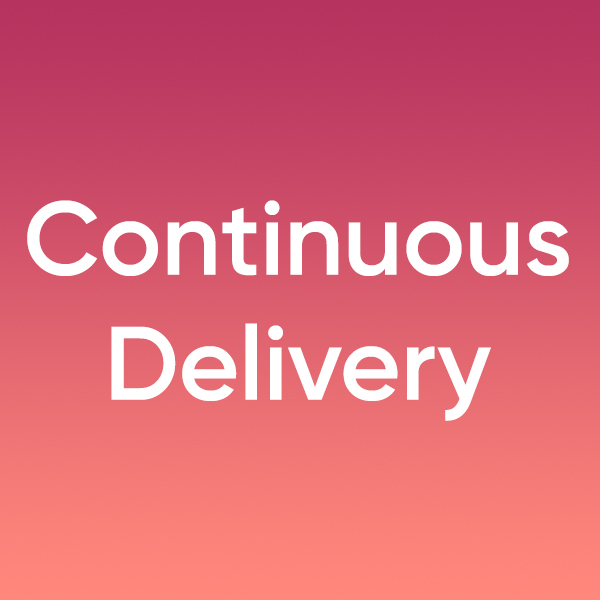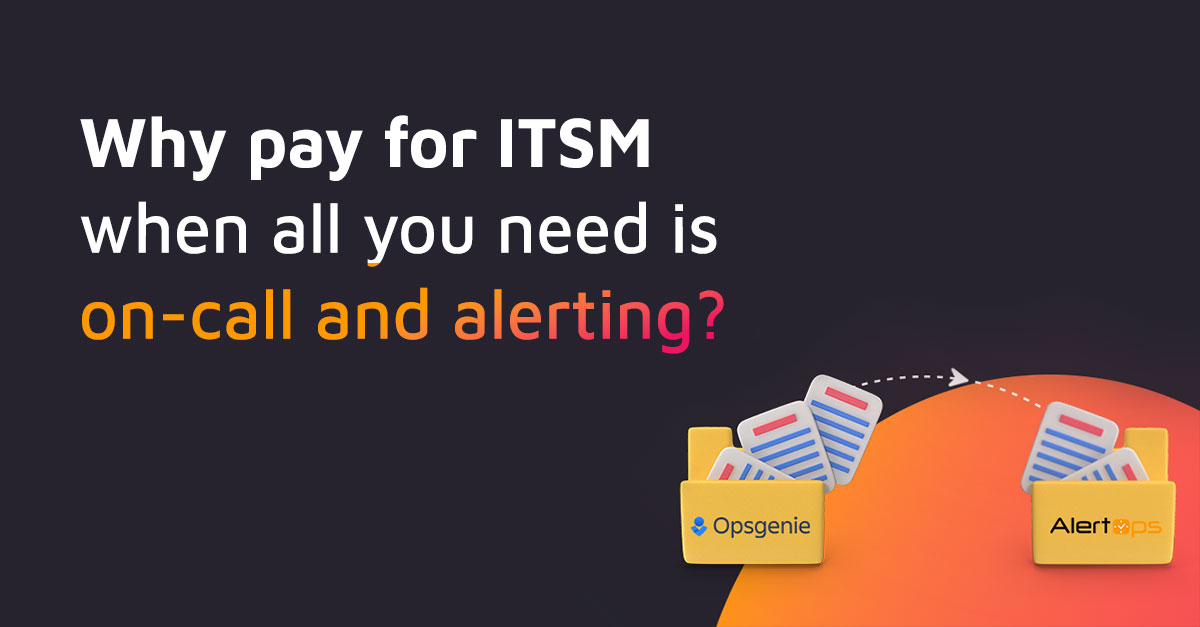What is Continuous Integration/ Continuous Delivery?
Modern development methodologies like DevOps typically employ the abbreviations CI and CD. Continuous integration, or CI, is a core DevOps best practice in which developers regularly integrate code changes into the main repository where automated builds and tests are executed. CD, however, can stand for either continuous delivery or continuous deployment.
What is a Continuous Integration/ Continuous Delivery pipeline?
Along with the whole lifespan of programs, from the integration and testing stages to delivery and deployment, CI/CD brings continuing automation and continuous monitoring. Development and operations teams collaborate in an agile manner using either a DevOps or site reliability engineering (SRE) methodology, and these interconnected processes are collectively referred to as a “CI/CD pipeline.”
Why continuous delivery?
Making software deployments pleasant, low-risk activities that may be carried out whenever necessary is the main objective of continuous delivery.
The standard staged software delivery lifecycle’s integration and test phase frequently takes weeks or even months to complete. Developers may integrate integration and regression testing into their everyday work and fully eliminate these stages when teams collaborate to automate the build and deployment, environment, and regression testing procedures
Teams may concentrate their efforts on user research and higher-level testing tasks like exploratory testing, usability testing, performance testing, and security testing when developers have automated tools that can find regressions within minutes. Building a deployment pipeline will enable these tasks to be carried out continually throughout the delivery process, guaranteeing that quality is incorporated from the start.
Working in small batches is financially viable thanks to continuous delivery. This implies that since the product is functional, we may collect user input throughout the delivery lifetime. We may utilize methods like A/B testing to design products in a hypothesis-driven manner, testing concepts with consumers before implementing full functionality. This implies that we can avoid the features we develop that offer our businesses no value at all.
Continuous delivery minimizes team burnout and makes releases less unpleasant, according to peer-reviewed studies. Additionally, by releasing more regularly, software delivery teams are better able to interact with users, discover what approaches are successful and unsuccessful, and observe first-hand the results.
To Sign Up with AlertOps click here or to request demo click here.



